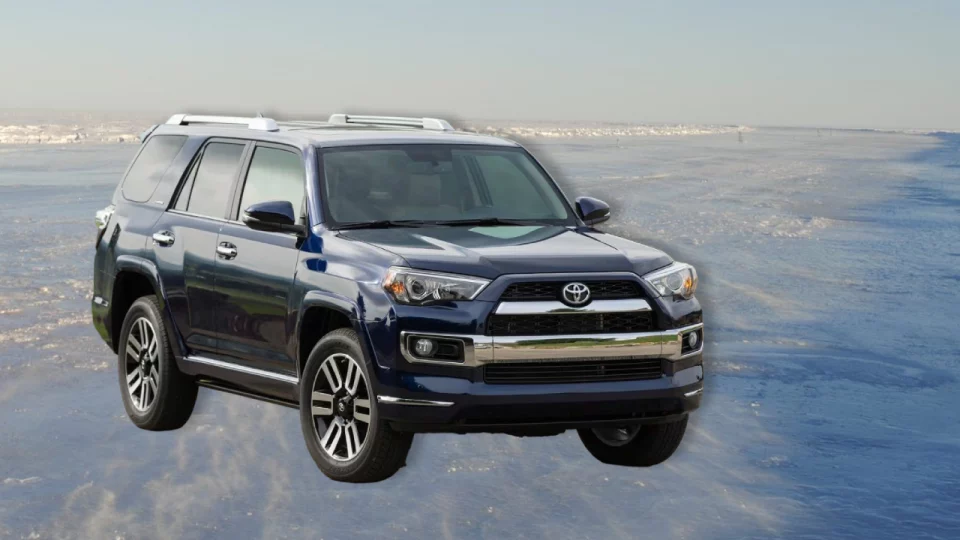The Toyota 4Runner is a powerhouse in the world of SUVs, known for its rugged capability, versatility, and off-road prowess. As winter approaches, many adventurers seek vehicles that can not only handle icy roads and snow-packed trails but also provide comfort and convenience during cold-weather excursions.
This winter travel guide for the Toyota 4Runner will explore how this SUV stands out for winter adventures and offer practical tips to maximize your experience.
Table of Contents
Why the Toyota 4Runner is Perfect for Winter Travel
The Toyota 4Runner, with its combination of advanced technology and robust engineering, is well-suited for tackling winter conditions. From slippery highways to snow-covered mountains, here’s why the 4Runner shines during the colder months:
- Four-Wheel Drive (4WD) Capability
- The 4Runner’s 4WD system is built for rugged terrain and unpredictable weather. It provides excellent traction on snow and ice, making it a reliable vehicle for navigating through slippery surfaces and climbing snow-covered hills. You can seamlessly switch between 2WD, 4WD high, and 4WD low, depending on the road conditions.
- Ground Clearance
- One of the standout features of the Toyota 4Runner is its impressive ground clearance, which sits at about 9.6 inches. This clearance allows the vehicle to handle deep snow without getting stuck, offering peace of mind when heading into remote, snow-filled regions.
- Off-Road Capabilities
- With features like Crawl Control and Multi-Terrain Select, the 4Runner can handle snowy trails that other vehicles might avoid. These systems adjust the throttle and brakes to help you maintain control on icy, uneven surfaces.
- Durable Tires
- The 4Runner is equipped with all-terrain or mud-terrain tires that can easily cut through snow and ice. Paired with its robust suspension system, the SUV provides a smooth and controlled ride even in the roughest winter conditions.
- Heated Seats and Other Cold Weather Comforts
- Inside, the 4Runner can be outfitted with heated front seats and dual-zone climate control, keeping you warm during your winter travels. Optional features like a heated steering wheel make cold morning starts more comfortable.
- Cargo Space for Gear
- Whether you’re carrying snowboards, skis, or extra winter gear, the 4Runner’s ample cargo space and rear seat folding options give you plenty of room to bring everything you need for a winter adventure.
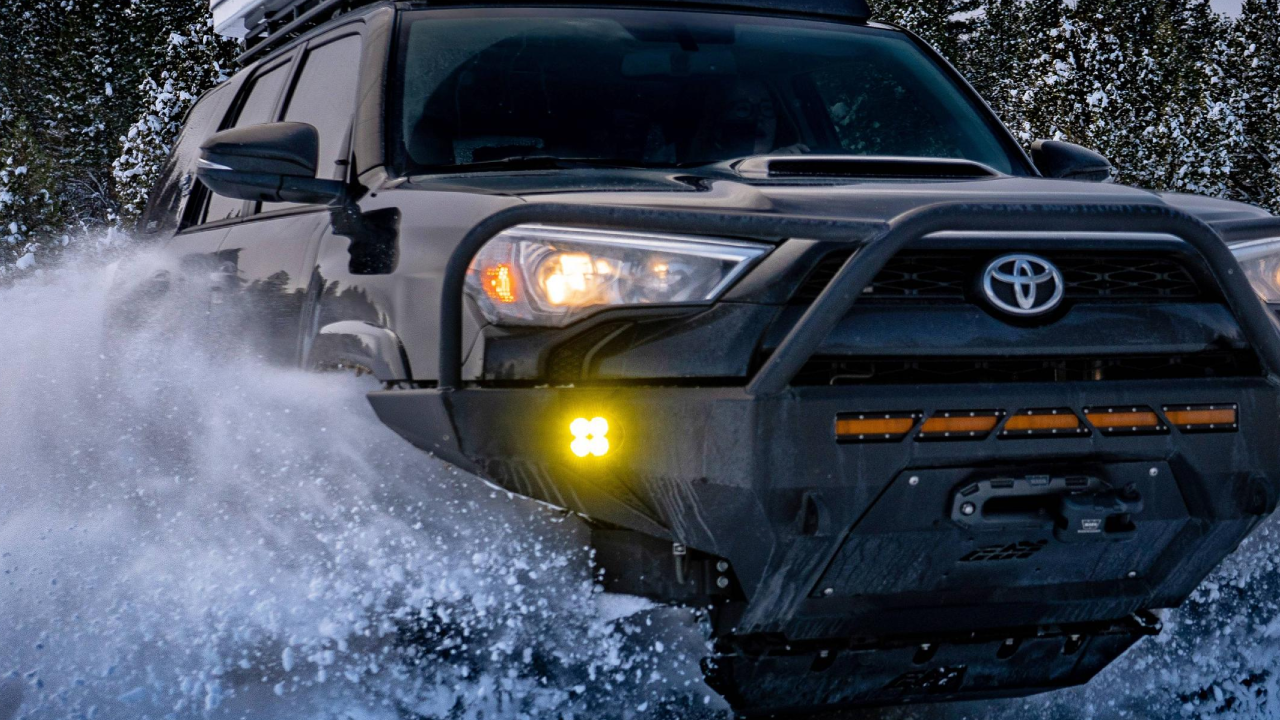
Preparing Your Toyota 4Runner for Winter Travel
Before hitting the winter roads, it’s crucial to prepare your 4Runner for the cold weather. Here’s how to ensure your vehicle is ready for the challenges of winter:
- Install Winter Tires
- All-terrain tires are excellent for off-road conditions, but winter tires are specifically designed for snow and ice. They offer superior grip in temperatures below freezing, reducing the chances of slipping on icy roads. Consider switching to winter tires if you’ll be spending a lot of time in harsh winter environments.
- Check the Battery
- Cold weather can drain your car battery faster than usual. Have your battery checked before winter to ensure it’s in good condition and consider replacing it if it’s more than three years old. A reliable battery is essential, especially if you’re planning to travel to remote areas where help may not be readily available.
- Keep an Emergency Kit
- Always carry a winter emergency kit in your 4Runner. This should include items such as:
- A snow shovel
- Jumper cables
- A tow strap
- Extra blankets
- First aid supplies
- Road flares or reflective triangles
- High-energy snacks and water
- A fully charged phone charger
- A flashlight with extra batteries
- Always carry a winter emergency kit in your 4Runner. This should include items such as:
- Check Your Fluids
- Ensure that your vehicle’s fluids are topped off and winter-ready. This includes using antifreeze that can withstand sub-zero temperatures, topping off your windshield washer fluid with a winter-grade solution, and ensuring your oil is suitable for colder temperatures.
- Test the 4WD System
- It’s important to test your 4WD system before heading out. Engage the system and ensure that it’s functioning properly. Winter conditions can be unpredictable, so it’s essential that the 4Runner’s 4WD is in top condition for when you need it most.
Winter Travel Routes for the Toyota 4Runner
Now that your 4Runner is ready for winter, let’s explore some of the best winter travel destinations across North America. These routes will test the 4Runner’s capabilities while offering breathtaking winter landscapes.
1. The Icefields Parkway (Canada)
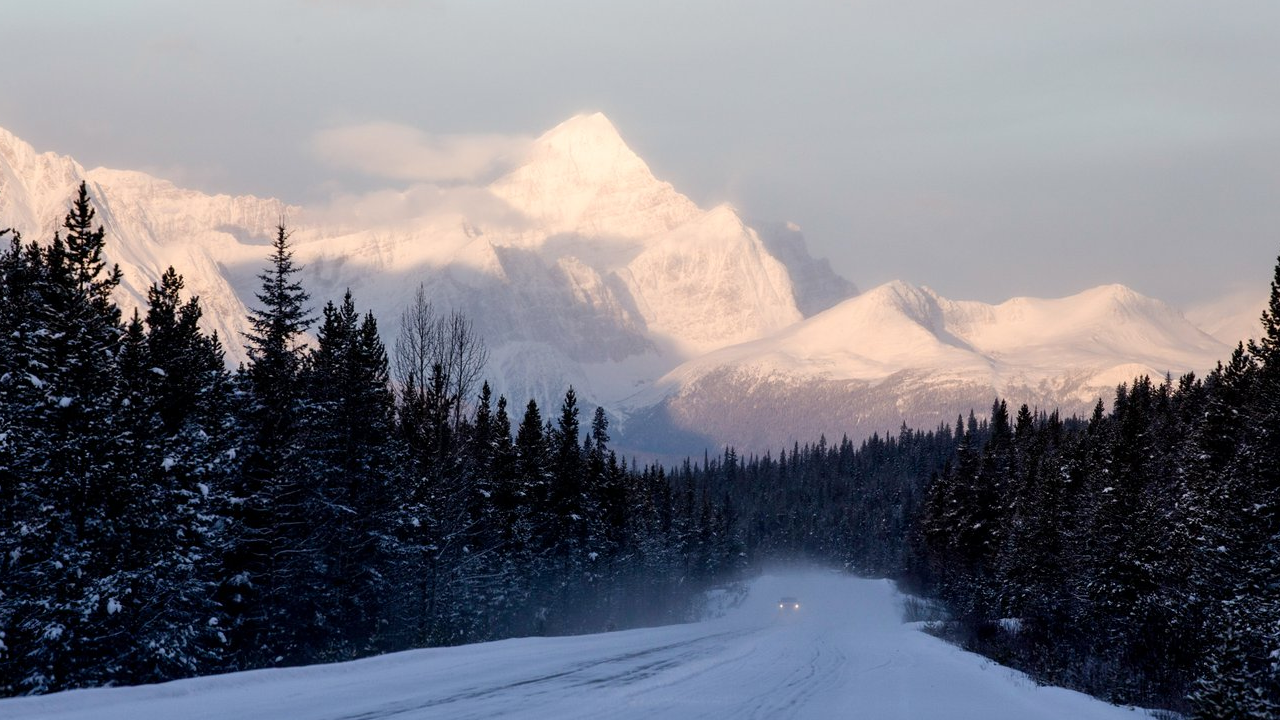
- Stretching 144 miles between Lake Louise and Jasper in Alberta, the Icefields Parkway is a stunning winter drive through the Canadian Rockies. With its snowy peaks, frozen lakes, and towering glaciers, the road offers scenic views that make it worth the trip. The 4Runner’s 4WD capabilities are perfect for navigating the snow-covered roads, and its cargo space will accommodate all your winter gear for activities like skiing or snowshoeing.
2. Denali Highway (Alaska)
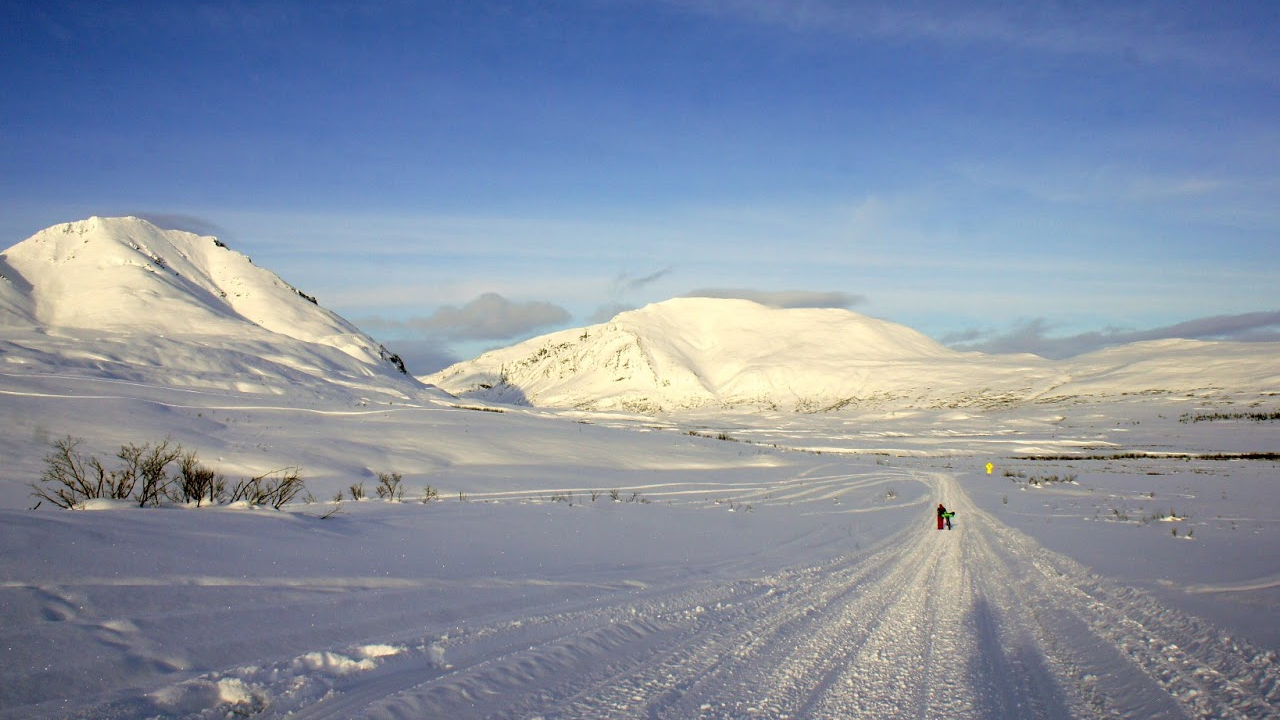
- This remote highway stretches 135 miles through the heart of Alaska, offering sweeping views of snow-covered valleys and mountain ranges. It’s an unpaved road, often covered in ice and snow during winter, making it a challenging yet rewarding adventure for 4Runner owners. The vehicle’s off-road prowess and ground clearance will make navigating this rugged terrain easier and more enjoyable.
3. The White Mountains (New Hampshire, USA)
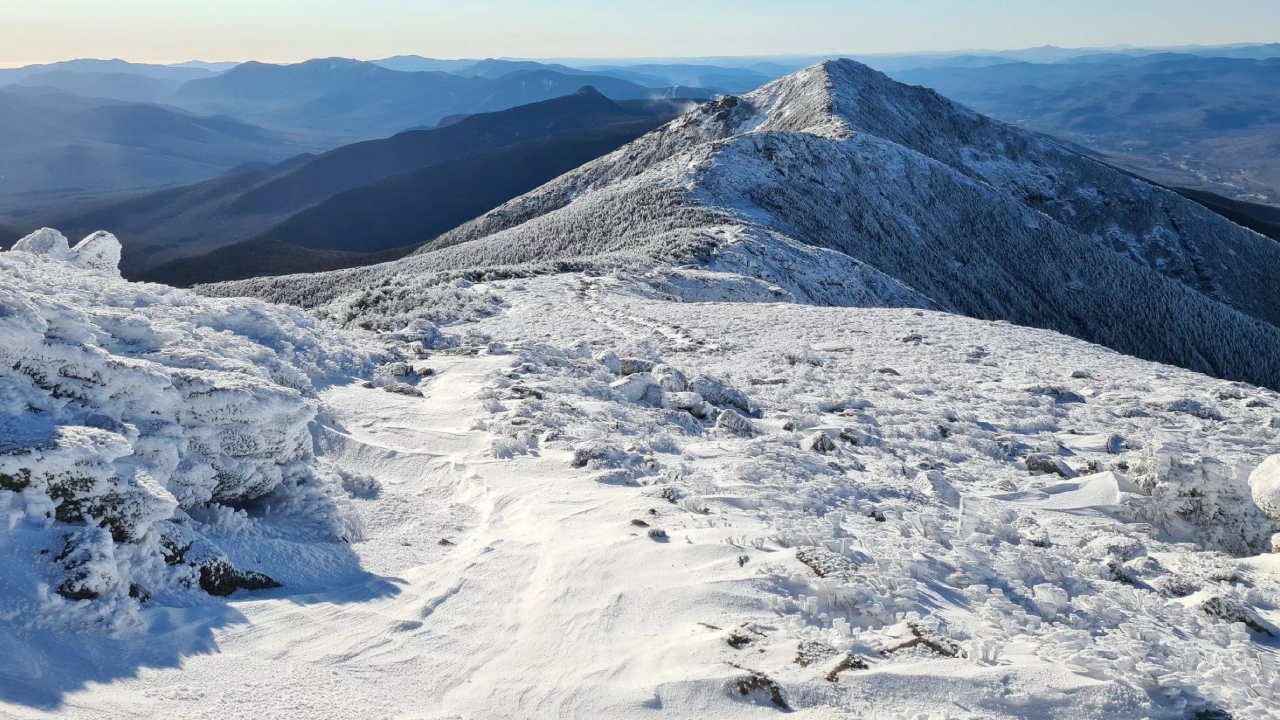
- For a winter adventure in the northeastern United States, the White Mountains offer a variety of routes through forests, over mountains, and around frozen lakes. The Kancamagus Highway is particularly popular, offering 34 miles of scenic driving through the White Mountain National Forest. With snow accumulation in the winter months, your 4Runner’s winter-ready features will come in handy on steep inclines and icy patches.
4. Yellowstone National Park (Wyoming, USA)
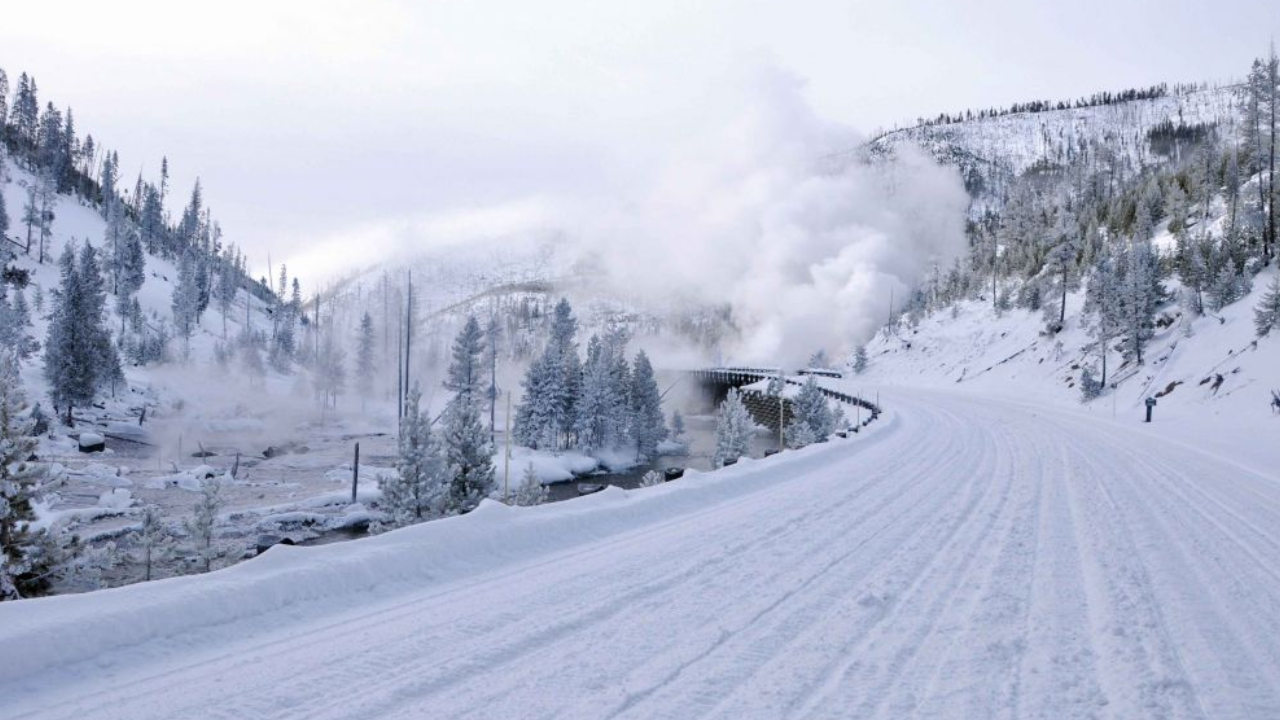
- While some roads in Yellowstone are closed during winter, the Mammoth to Cooke City road remains open, offering an otherworldly drive through snow-covered valleys, geothermal features, and abundant wildlife. Winter conditions can be harsh, but the 4Runner’s sturdy build and all-weather capabilities make it ideal for navigating the park’s winter roads. Snow tires and chains are recommended for deeper snow.
5. Rocky Mountain National Park (Colorado, USA)
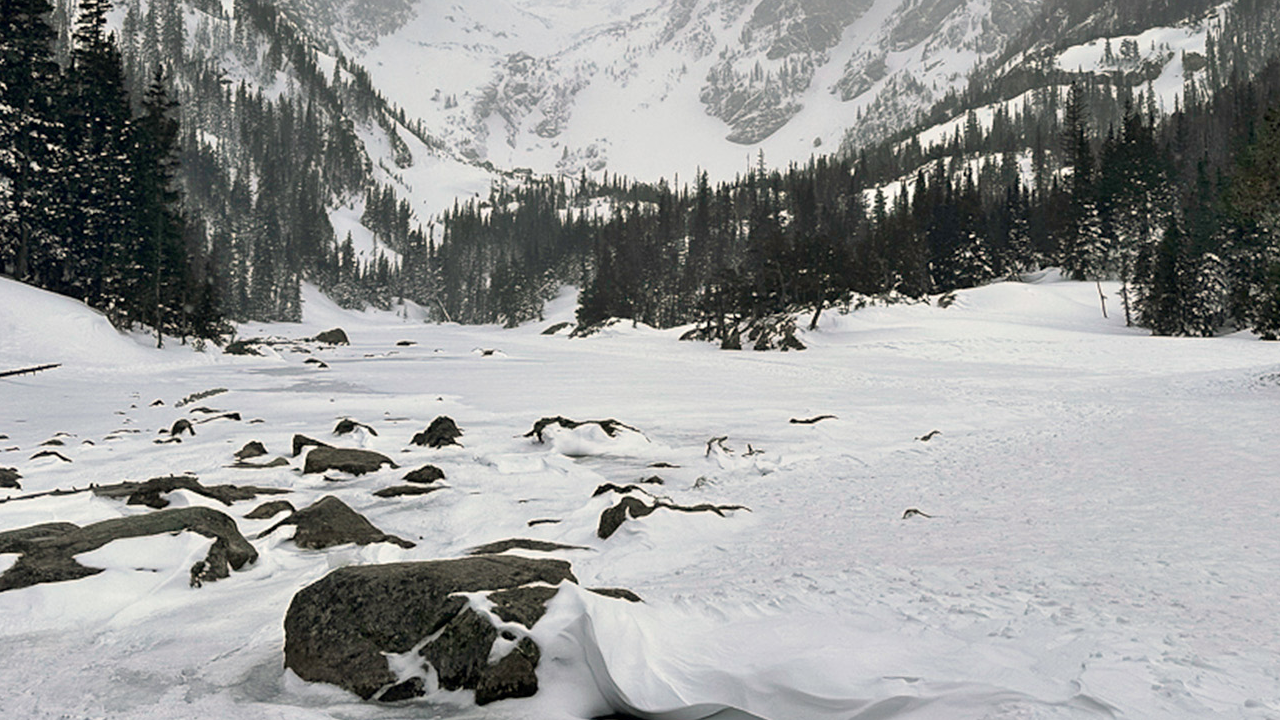
- For travelers seeking a winter wonderland, Rocky Mountain National Park is a top destination. Trail Ridge Road, the highest continuous paved road in the U.S., is closed during winter, but you can still access key areas like Bear Lake and Glacier Gorge. The Toyota 4Runner’s traction control system and 4WD features will provide confidence on the snow-packed roads while you enjoy the park’s winter beauty.
Tips for Safe Winter Travel
Even with a capable vehicle like the Toyota 4Runner, it’s essential to practice safe driving habits when traveling in winter conditions:
- Drive Slowly
- Snow and ice can make roads slippery, even for 4WD vehicles. Drive at reduced speeds to maintain control and avoid sudden braking or acceleration that could lead to skidding.
- Maintain a Safe Distance
- Leave extra space between your vehicle and the car in front of you. Winter conditions can increase stopping distances, so maintaining a safe following distance gives you more time to react to sudden stops or changes in traffic.
- Use Low Gear
- When driving on steep hills or icy roads, switch to low gear to help maintain traction and control. This prevents your wheels from spinning too quickly, which can cause loss of traction on slick surfaces.
- Check the Weather
- Before embarking on a winter journey, always check the weather forecast. Avoid traveling in severe conditions like blizzards or ice storms, and be aware of any road closures or restrictions due to weather.
